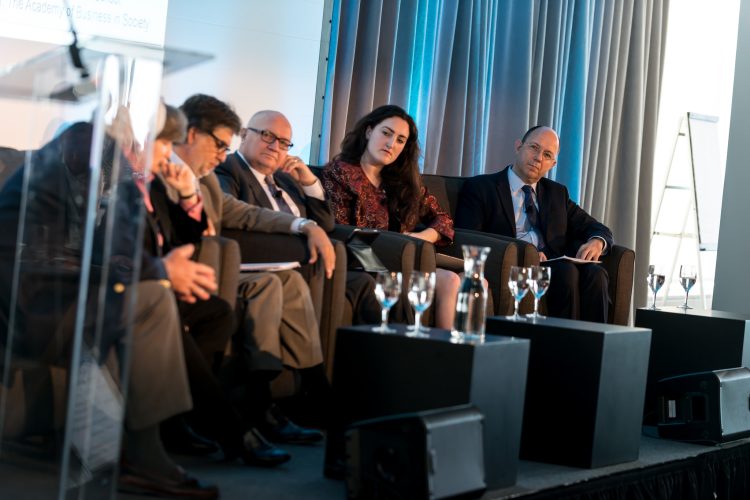Abstract The Alibaba Group was one of the biggest and fastest growing businesses in China for about ten years. Among many other companies under the holding’s umbrella, Alibaba.com...
The chocolate industry is confronted with serious sustainability challenges in cocoa production that may put long term cocoa supply at risk. Although sustainability challenges have been a concern for...
The modern concept of human rights and its accompanying international legal regime were developed under the umbrella of the Westphalia international governance framework. Globalization, though, puts into question some...
oikos Leipzig hosts a speech and discussion on modern day slavery in the textile industry. Further information (in German) is available here.
The oikos FutureLab is the biggest event in the annual oikos calendar which gathers representatives from the entire oikos community. It provides a 2-day platform for 140 participants to...
In order to achieve a sustainable growth and to respond to social pressures, firms develop their Corporate Social Responsibility (CSR) policy. Corporate Governance, especially the board of directors, plays...
Sustainability reporting tools (SRTs) have proliferated in order to meet the demand of stakeholders for higher transparency on environmental and social issues. Despite the increasing reliance on SRTs in...
For investments in renewable energy consumers, electric utilities as well as private and institutional investors use a wide range of financial instruments. In the past few years, innovative models...
On June 21st, 2015, three oikos members traveled to New York City with a bag full of aspirations and enthousiasm. Anita Negri, Julia Weber (oikos Vienna, COMMIT Manager) and...
Abstract The case revolves around “Sistema Ser” (SSer) (1), a private health care organization that serves the base of the pyramid (BOP) in northern Argentina, and its founder...



